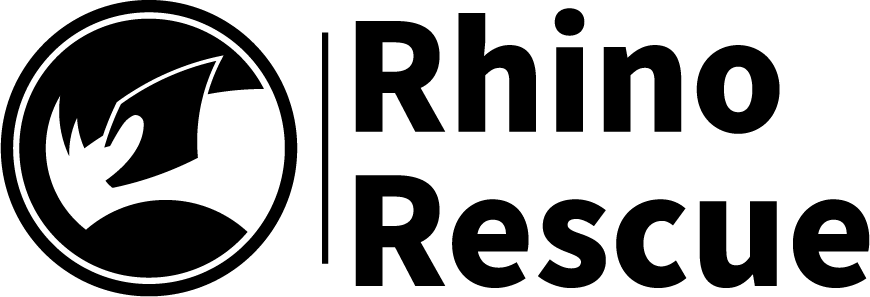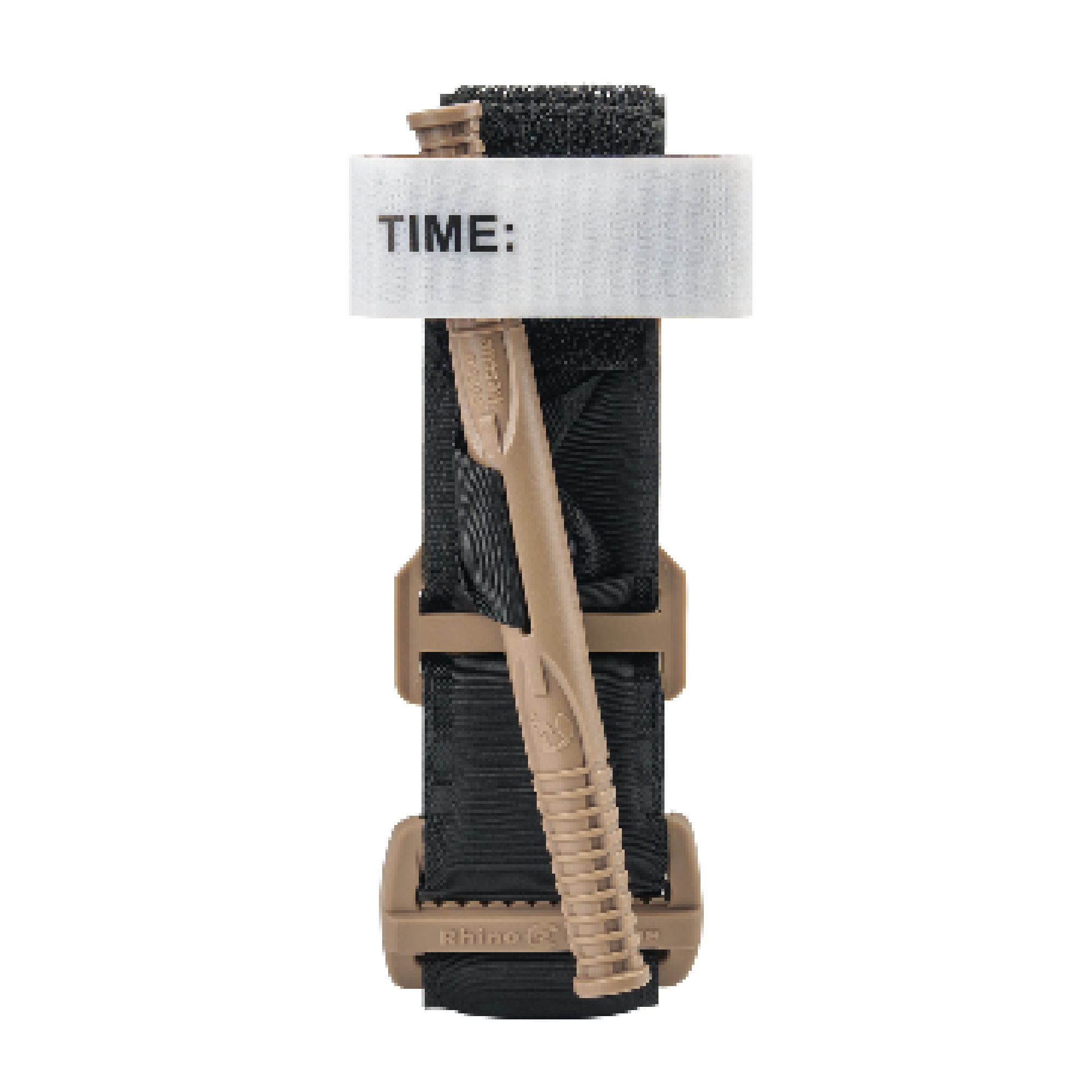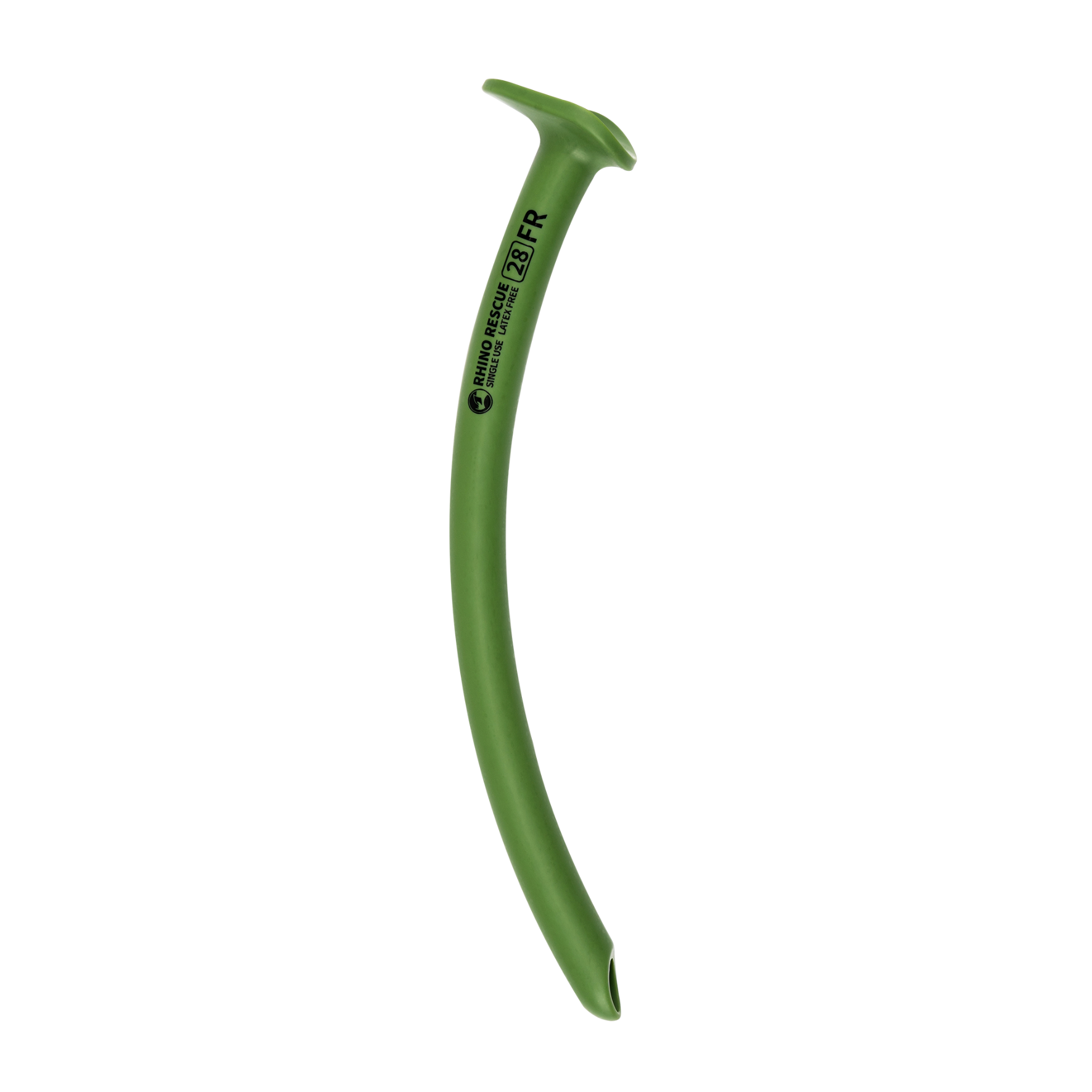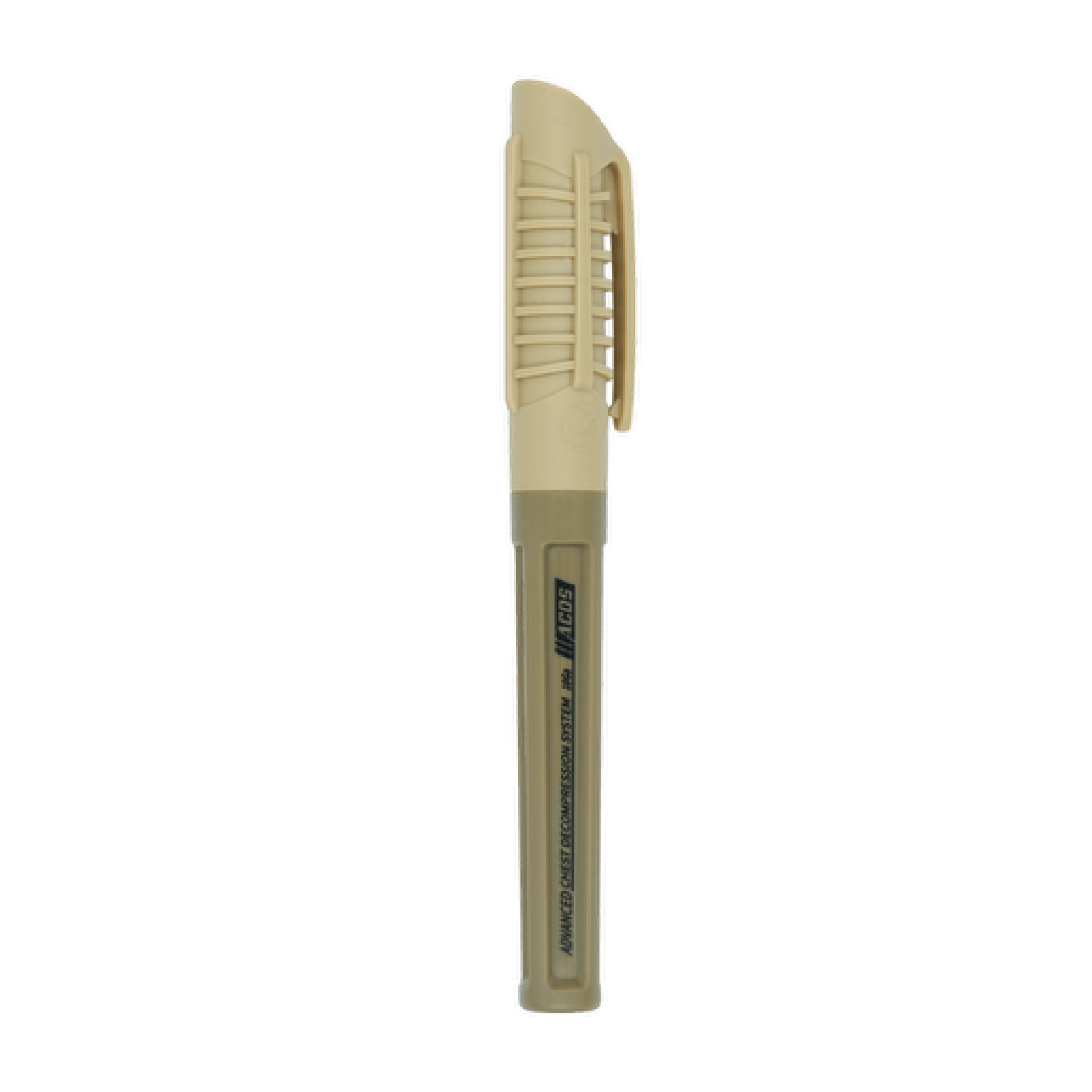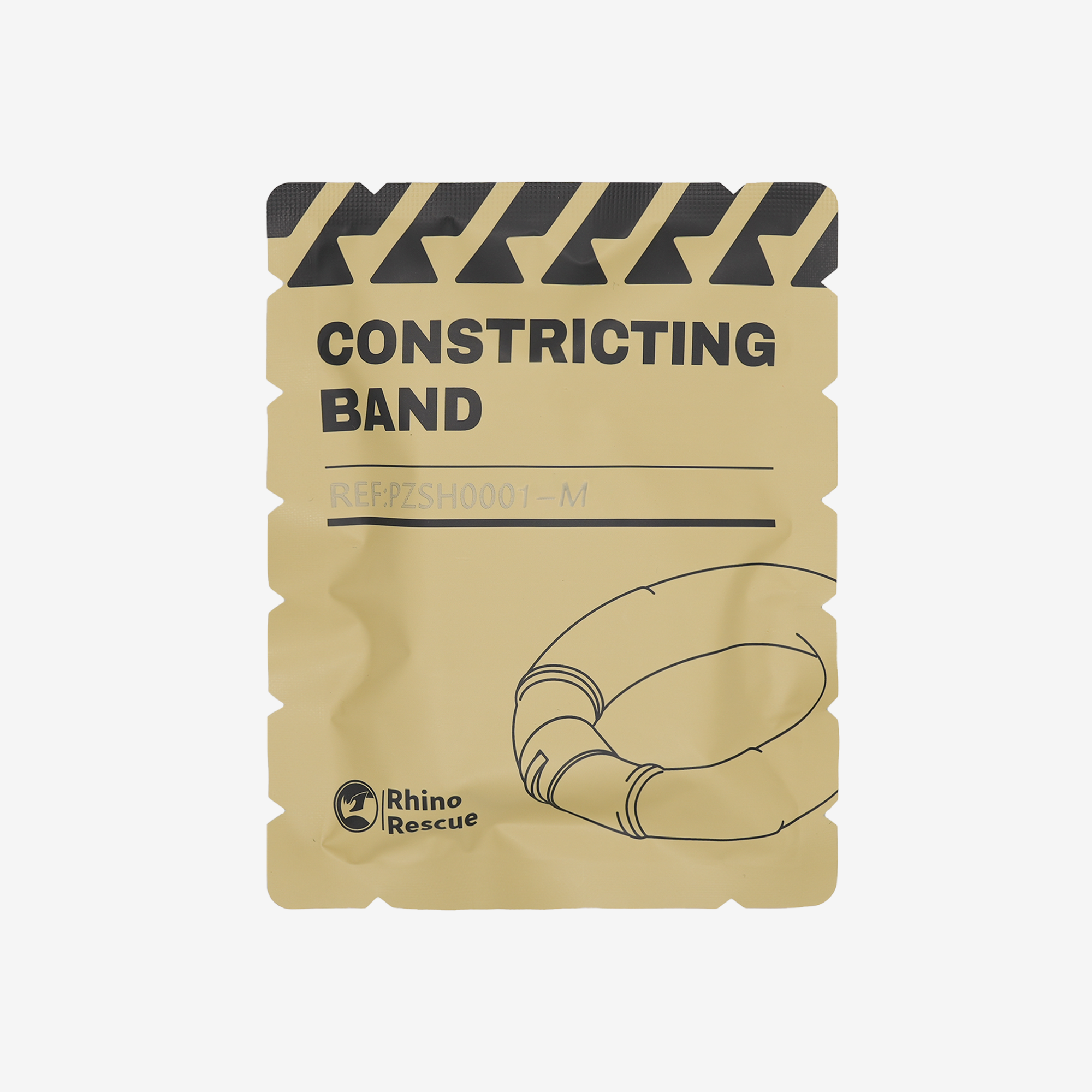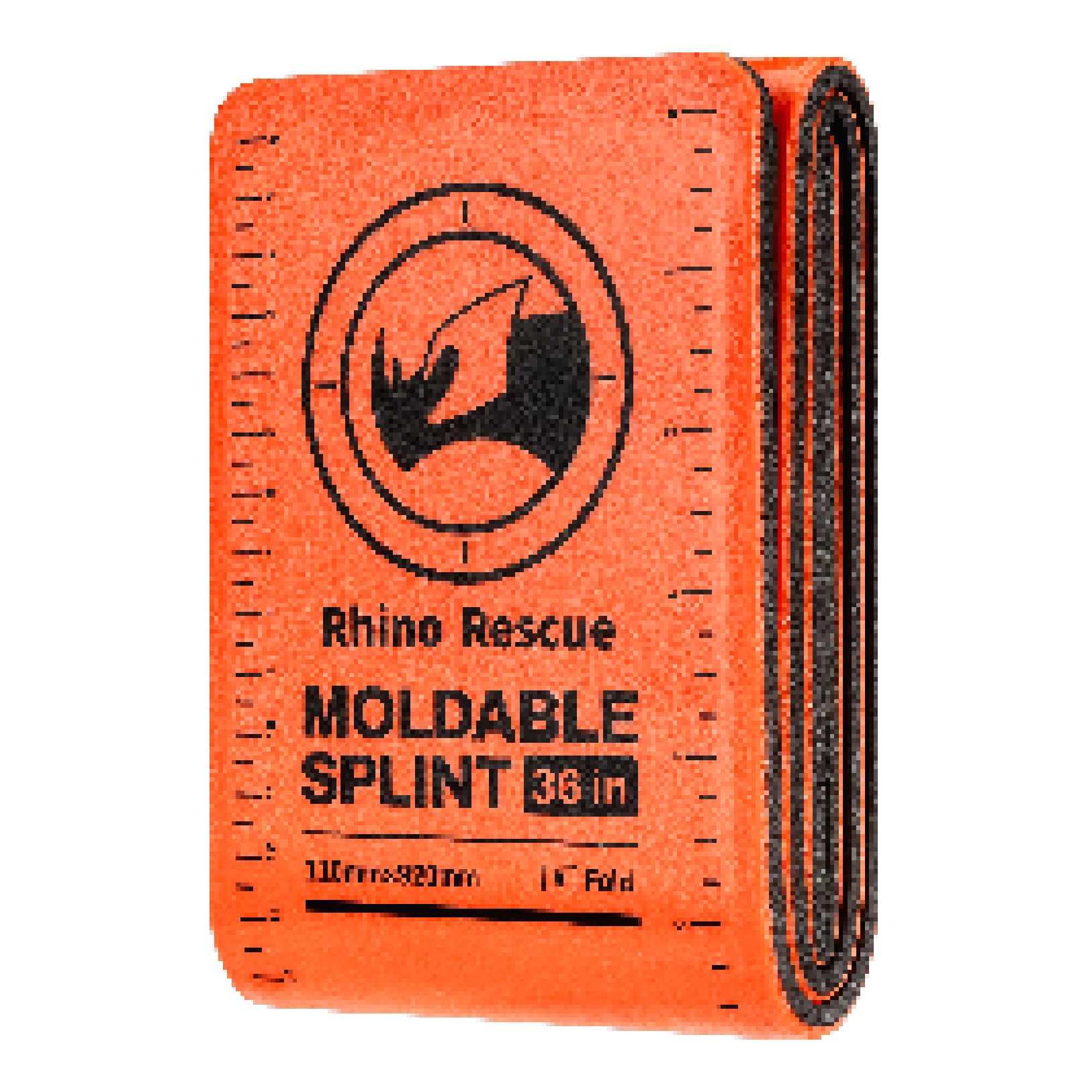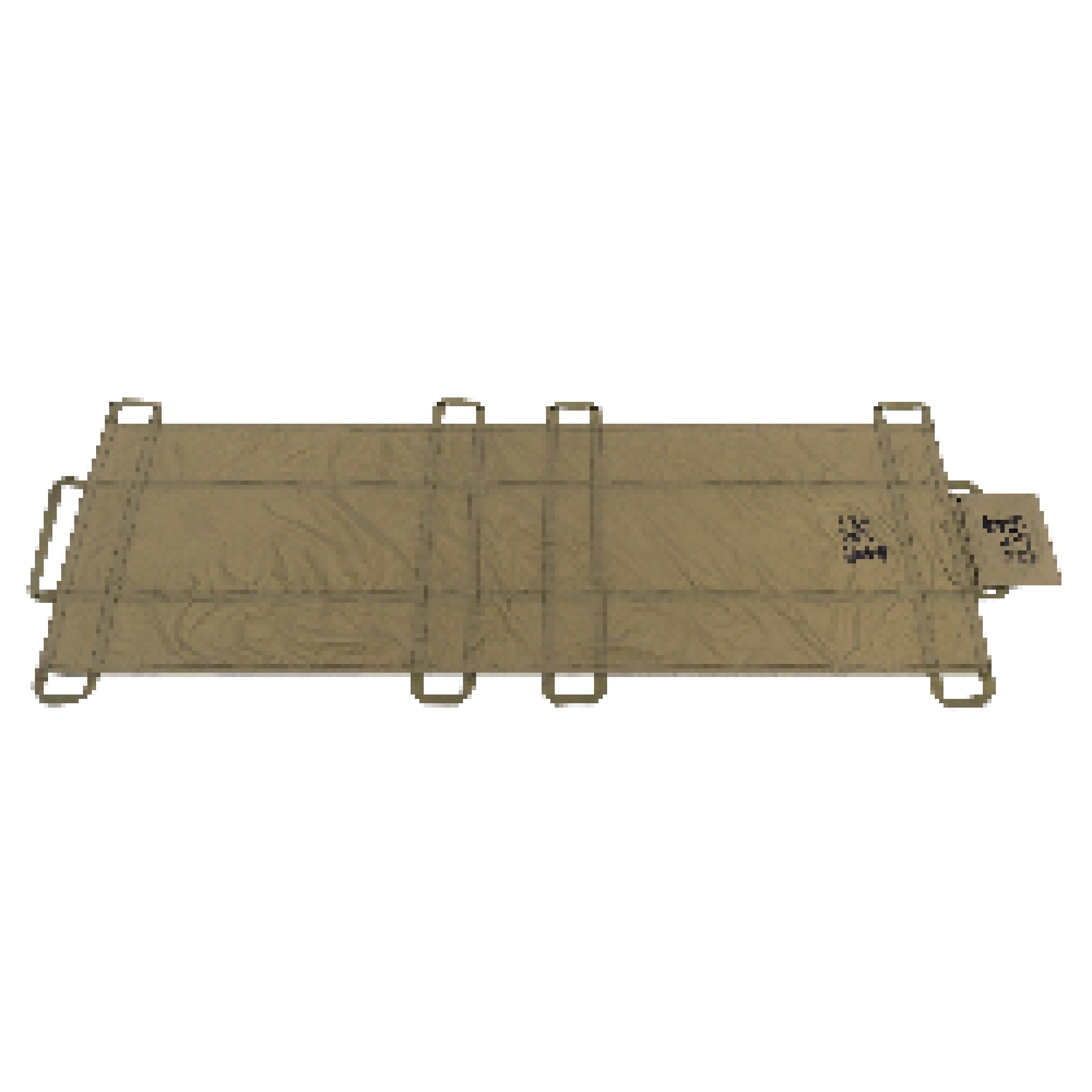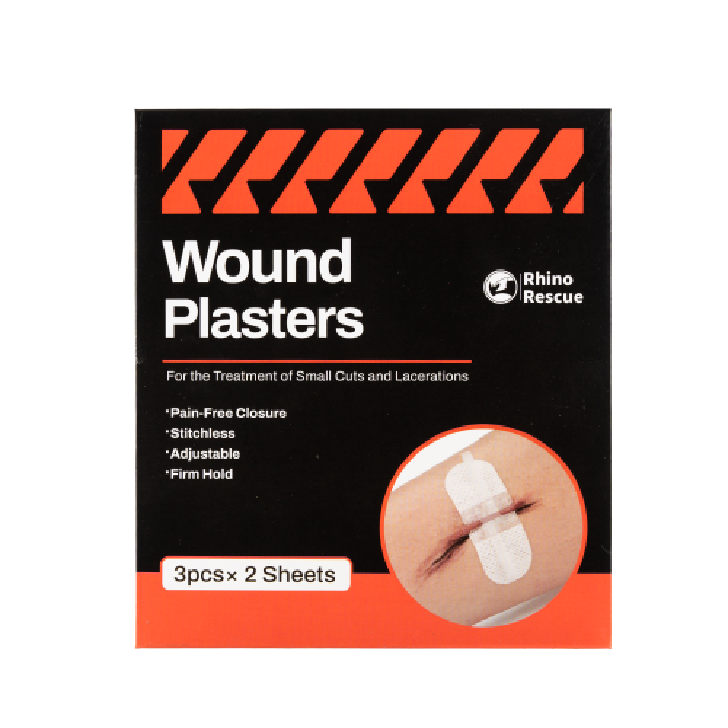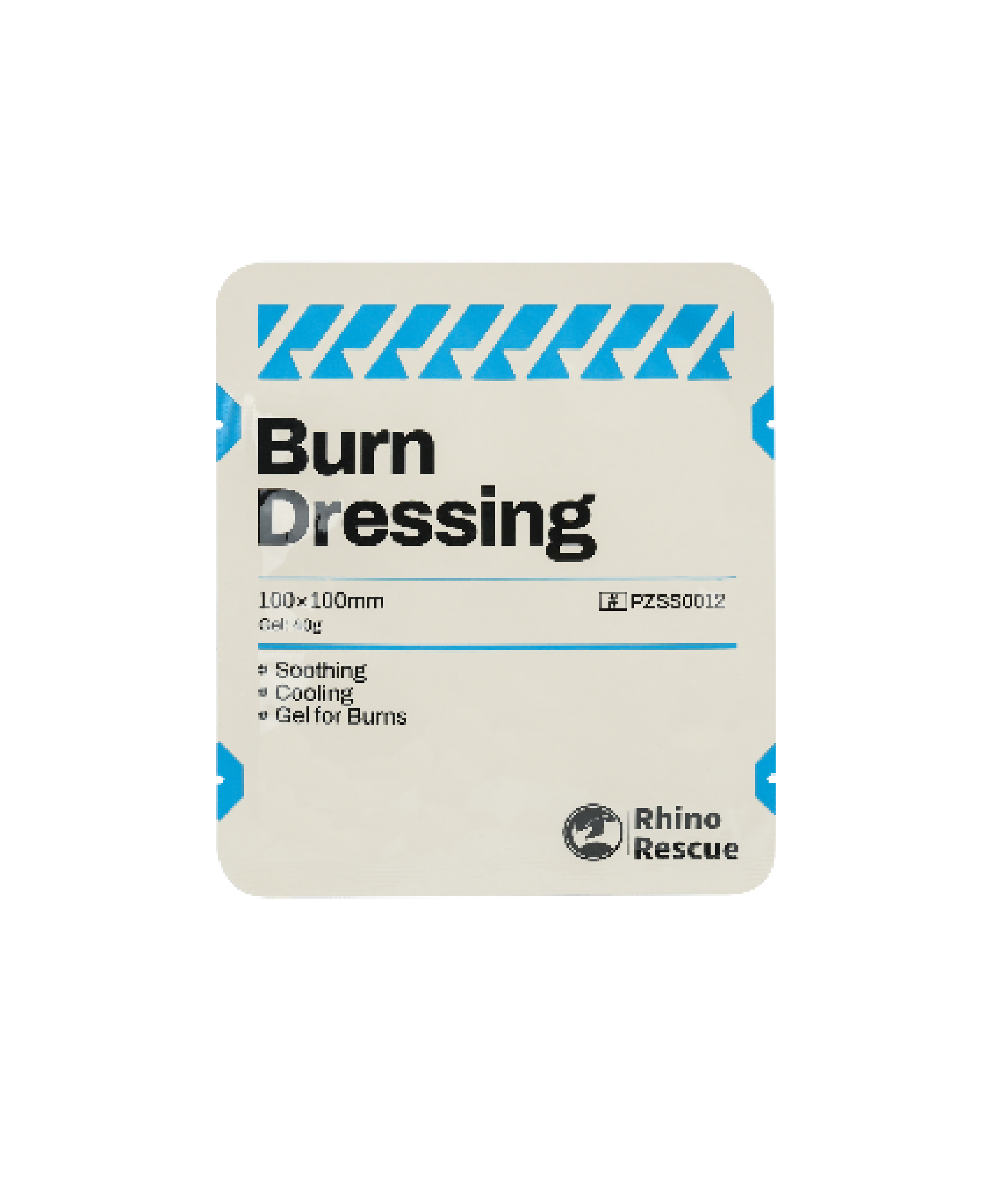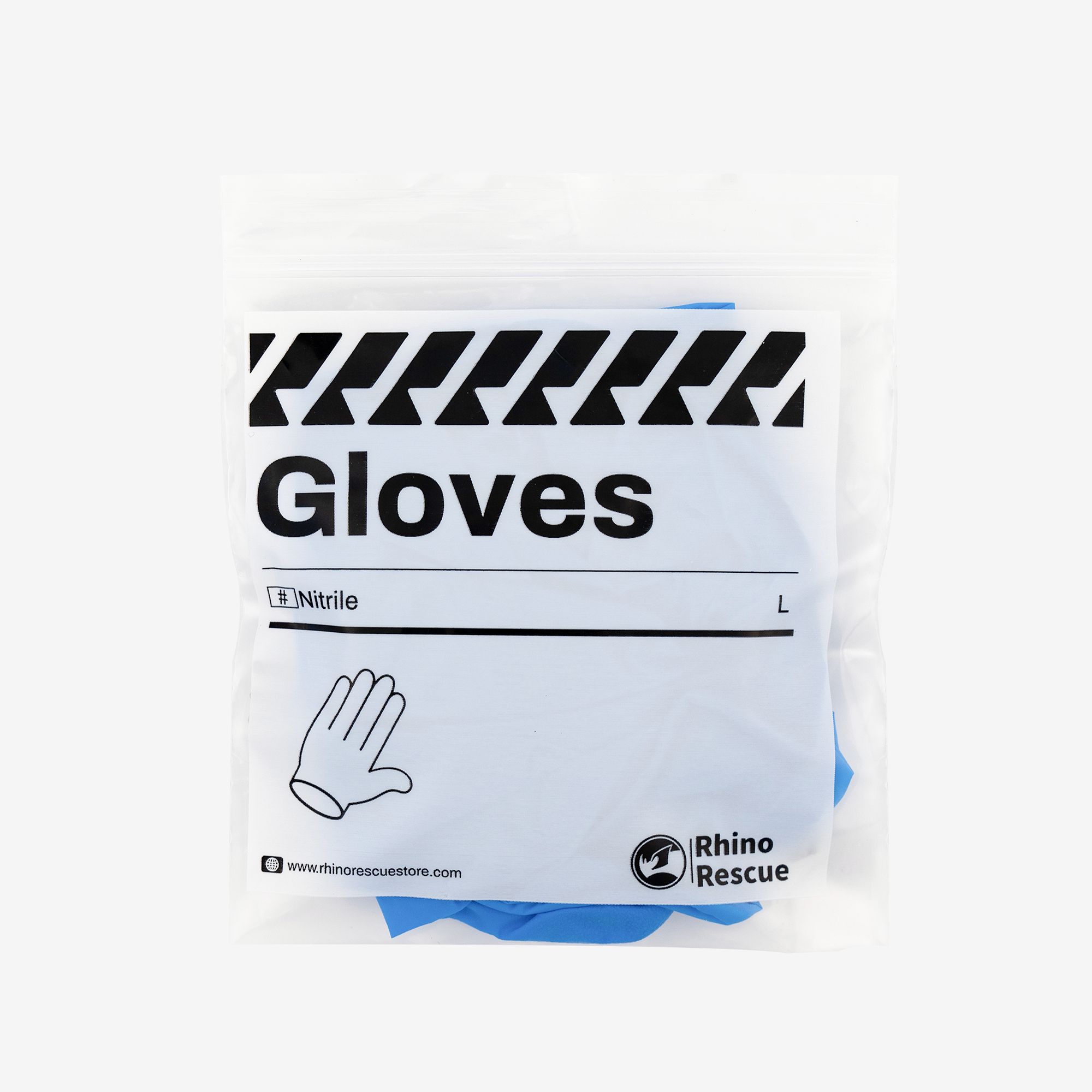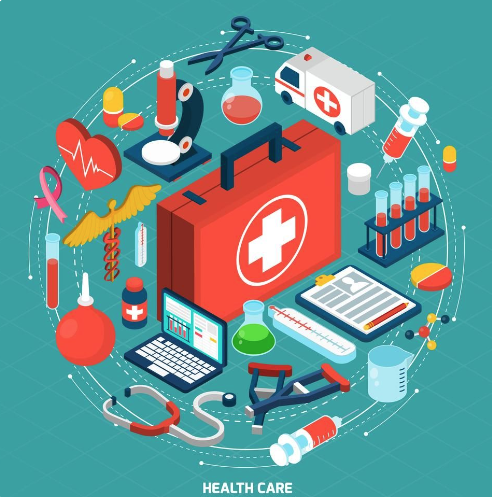Every year, thousands of people die or are seriously injured in incidents. Many deaths could be prevented if first aid was given before emergency services arrive.
If someone is injured, you should:
- first check that you and the injured person aren't in any danger, and, if possible, make the situation safe
- if necessary, dial 999 for an ambulance when it's safe to do so
- carry out basic first aid
If someone is unconscious and breathing
If someone is unconscious but breathing, and has no other injuries that would stop them being moved, place them in the recovery position until help arrives.
Keep them under observation to ensure they continue to breathe normally.
If someone is unconscious and not breathing
If someone is not breathing normally, call 999 and start cardiopulmonary resuscitation (CPR) straight away.
Common accidents and emergencies - first aid
Anaphylaxis
Anaphylaxis (or anaphylactic shock) is a severe allergic reaction that can occur after an insect sting or eating certain foods.
The adverse reaction can be very fast, occurring within seconds or minutes of coming into contact with the substance the person is allergic to (allergen).
During anaphylactic shock, it may be difficult for the person to breathe, as their tongue and throat may swell, obstructing their airway.
Call 999 immediately if you think someone is experiencing anaphylactic shock.
Check if the person is carrying any medication. Some people who know they have severe allergies may carry an adrenaline self-injector, which is a type of pre-loaded syringe.
You can either help the person administer their medication or, if you're trained to do so, give it to them yourself.
After the injection, continue to look after the person until medical help arrives.
All casualties who have had an intramuscular or subcutaneous (under the skin) injection of adrenaline must be seen and medically checked by a healthcare professional as soon as possible after the injection has been given.
Make sure they're comfortable and can breathe as best they can while waiting for medical help to arrive.
If they're conscious, sitting upright is normally the best position for them.
Bleeding heavily
If someone is bleeding heavily, the main aim is to prevent further blood loss and minimise the effects of shock.
First, dial 999 and ask for an ambulance as soon as possible.
If you have disposable gloves, use them to reduce the risk of any infection being passed on.
Check that there's nothing embedded in the wound. If there is, take care not to press down on the object.
Instead, press firmly on either side of the object and build up padding around it before bandaging to avoid putting pressure on the object itself.
Do not try to remove it because it may be helping to slow down the bleeding.
If nothing is embedded:
- Apply and maintain pressure to the wound with your gloved hand, using a clean pad or dressing if possible. Continue to apply pressure until the bleeding stops.
-
Use a clean dressing or any clean, soft material to bandage the wound firmly.
If bleeding continues through the pad, apply pressure to the wound until the bleeding stops, and then apply another pad over the top and bandage it in place. Do not remove the original pad or dressing, but continue to check that the bleeding has stopped. -
If a body part, such as a finger, has been severed, place it in a plastic bag or wrap it in cling film. Do not wash the severed limb. - Wrap the package in soft fabric and place in a container of crushed ice. Do not let the limb touch the ice.
Make sure the severed limb goes with the patient to hospital.
Always seek medical help for bleeding, unless it's minor.
Find out how to treat cuts and grazes and how to treat nosebleeds.
Burns and scalds
If someone has a burn or scald:
- Cool the burn as quickly as possible with cool running water for at least 20 minutes, or until the pain is relieved.
- Call 999 or seek medical help, if needed.
- While cooling the burn, and before the area begins to swell, carefully remove any clothing or jewellery, unless it's attached to the skin.
- If you're cooling a large burnt area, particularly in babies, children and elderly people, be aware that it may cause hypothermia (it may be necessary to stop cooling the burn to avoid hypothermia).
- If the burn has cooled, cover it loosely with cling film. If cling film isn't available, use a clean, dry dressing or non-fluffy material. Do not wrap the burn tightly as swelling may lead to further injury.
- Do not apply creams, lotions or sprays to the burn.
If you are not sure if medical help is needed or what to do next, call 111 or get help from 111 online.
Chemical burns
For chemical burns, wear protective gloves, remove any affected clothing, and rinse the burn with cool running water for at least 20 minutes to remove the chemical.
If possible, determine the cause of the injury.
In certain situations where a chemical is regularly handled, a specific chemical antidote may be available to use.
Be careful not to contaminate and injure yourself with the chemical, and wear protective clothing if necessary.
Call 999 for immediate medical help.
Choking
Mild choking
If the airway is only partly blocked, the person will usually be able to speak, cry, cough or breathe.
In situations like this, a person will usually be able to clear the blockage themselves.
If choking is mild:
- Encourage the person to cough to try to clear the blockage.
- Ask them to try to spit out the object if it's in their mouth.
- Do not put your fingers in their mouth if you can't see the object, as you risk pushing it further down their mouth.
If coughing doesn't work, start back blows.
Severe choking
If choking is severe, the person won't be able to speak, cry, cough or breathe, and without help they'll eventually become unconscious. If coughing doesn't work start back blows.
How to do back blows
To help an adult or child over 1 year old:
- Stand behind the person and slightly to one side. Support their chest with 1 hand. Lean the person forward so the object blocking their airway will come out of their mouth, rather than moving further down.
- Give up to 5 sharp blows between the person's shoulder blades with the heel of your hand (the heel is between the palm of your hand and your wrist).
- Check if the blockage has cleared.
-
If not, give up to 5 abdominal thrusts.
Do not give abdominal thrusts to babies under 1 year old or to pregnant women.
To perform abdominal thrusts on a person who is severely choking and isn't in one of the above groups:
- Stand behind the person who is choking.
- Place your arms around their waist and bend them well forward.
- Clench 1 fist and place it just above the person's belly button.
- Place your other hand on top of your fist and pull sharply inwards and upwards.
- Repeat this up to 5 times.
The aim is to get the obstruction out with each chest thrust, rather than necessarily doing all 5.
If the person's airway is still blocked after trying back blows and abdominal thrusts:
- Call 999 and ask for an ambulance. Tell the 999 operator that the person is choking.
- Continue with the cycles of 5 back blows and 5 abdominal thrusts until help arrives.
The person choking should always be seen by a healthcare professional afterwards to check for any injuries or small pieces of the obstruction that remain.

